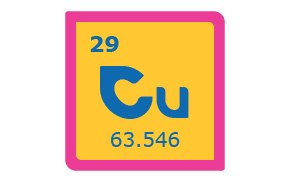Copper Catalysts

Copper catalysts are useful for milder reaction conditions and show excellent yields. However, the chemical reactions are slow and require high temperatures. Among transition-metal mediated reactions to form carbon–carbon bonds and carbon–heteroatom bonds, copper catalysis is utilized in Ullmann reactions, Diels–Alder reactions, ring expansions, Castro–Stevens coupling, the Kharasch–Sosnovsky reaction, and a notable variant of the Huisgen 1,3-dipolar cycloaddition utilizing a Cu(I) catalyst developed independently by Meldal and Sharpless. This so-called Copper(I)-catalyzed Azide–Alkyne Cycloaddition (CuAAC) gives rise to a triazole from a terminal alkyne and an azide.
The catalysis of carbon–carbon bonds and carbon–heteroatom bonds is central to synthetic chemistry and the synthesis of pharmacological, material, and biological compounds. Organic solvents and ligands as additives for copper-catalyzed cross-coupling reactions can improve reaction yields and utilize milder conditions. We provide efficient copper catalysts and precatalysts as well as copper-containing Metal Organic Framework (MOF) components.
Products
To continue reading please sign in or create an account.
Don't Have An Account?